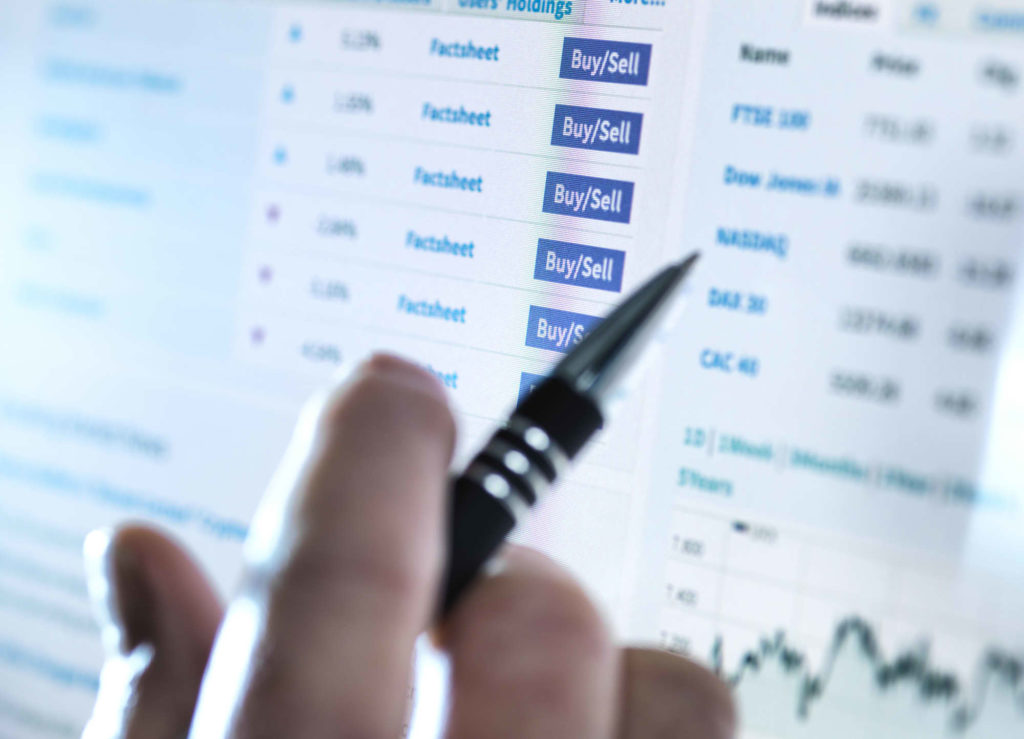
Profit Window Secret Reveals 124% Winner: Discover 3 little-known secrets for finding huge winners. This proven system could let you turn a profit on 88.7% of your trades.
Get details on the July trades – inside the LIVE webinar. Go here to RSVP – it’s free.
Merck (NYSE: MRK) should hold the title as creator of the best-selling drug of all time.
After all, it was Merck, in 1979, that figured out that lovastatin was the inhibitor — the “active ingredient” — that made a compound discovered a few years earlier, called compactin, an effective treatment for lowering the kind of cholesterol that causes high blood pressure, heart disease and heart attacks.
Given that heart disease was the number 1 cause of death at the time (and still is), and that high levels of LDL cholesterol are highly correlated with high disease, well, Merck was sitting on a goldmine — a true blockbuster.
Michael Brown and Joseph Goldstein won a Noble Prize in 1985 for proving that the liver function was a critical aspect of lowering LDL cholesterol. Right about the same time, Merck was getting FDA approval to test its lovastatin as a lipid-altering drug that could be effective in lowering LDL cholesterol.
Lovastatin was approved for treatment in 1987. It was the first statin drug on the market.
Merck shares tripled from a split-adjusted $3.75 a share at the start of 1986 to nearly $12 a share by the time Merck’s drug Mevacor, based on lovastatin, was approved by the FDA on August 31, 1987.
As an experienced investor, I bet you have an idea what happened next. Yep, by mid-January 1988, Merck shares had lost 35% of their value.
Just imagine, you buy Merck stock at $11.80 after the FDA approves a true blockbuster — and you get whacked for a 35% loss in 5 months’ time. And to make things worse, if you decided to stick it out, Merck shares didn’t move decisively over $12 until May 1990 — almost 3 years after the FDA approved Mevacor.
Funny how things work out. Even though it was a truly revolutionary drug for preventing heart disease, and was also first to market, Merck’s Mevacor doesn’t even crack the top 15 of best-selling drugs of all time.
Top honors go to another statin drug, Pfizer’s Lipitor. The best-selling drug of all time. Between 1992 and 2017, total revenue from sales of Lipitor was just over $94 billion. Even after the patent for Lipitor expired in 2011, Pfizer still managed to generate around $2 billion a year for Lipitor. Total Lipitor revenue is currently over $130 billion.
Plavix, from Bristol-Myers Squibb was the second best-selling statin drug, generating $84 billion in total revenue over its lifetime.
Even when Merck reinvented its statin offering as Zocor, it never generated more than about half the annual revenue that Pfizer achieved with Lipitor.
Buy the Rumor…
Of course, Pfizer and Bristol-Myers knew the research around statins. Of course, they were developing their own versions. And I suppose some scientist-types might’ve know that Merck’s statin drugs didn’t show the same promise as what Pfizer was working in, and that’s why Merck didn’t manage to meet the early hype and deliver a true blockbuster…
But I’m not sure that’s exactly the point.
I suppose we could also conclude that investing in biotech and pharma is hard because you have to be a scientist-type to really understand which companies and which compounds truly have the advantage.
But again, I’m not sure that’s exactly the point.
I think the real point here is that investors have a tendency to go a little overboard when they hear a good stock story…
Like, Merck’s gonna be first to market with a revolutionary new drug so let’s go ahead and bid the stock up from $3.75 to $11.80.
And that brings me to a current example of investors that have gotten a little carried away (don’t worry, I’m not talking about AI stocks) …
The Case of Eli Lilly (NYSE: LLY)
Back in April, the Wall Street Journal ran this headline:
Eli Lilly’s Mounjaro could outpace Ozempic as the most powerful [obesity] treatment on the market
Holyyy crap – I bet you can guess what happened next…
The day that article ran, April 3, Eli Lilly opened at $343 a share. It closed that day at $351. And two weeks ago? Eli Lilly shares hit highs of $468.
That all-time high came on June 30. And, what do I know? Maybe Lilly’s obesity treatment Mounjaro will become one of the best-selling drugs of all time? After all, I’m not a scientist-type…not exactly…
But during my 25 years investing and trading in the markets, I have developed a very reliable system of indicators that tell me when investors have taken things to an extreme…
So, it was just a couple days before that all time high that I told a small group of traders that it was time to take a downside position on Eli Lilly…
Eli Lilly has already fallen from $468 down to $435. The put options we bought are up 60% in just two weeks. Click here for my next trade.
As for extremes, Eli Lilly has ‘em, in spades. When we took our downside positions, investors were pricing Lilly shares at 15 times revenue — $31 billion in revenue for full year 2023 and the company was valued at $450 billion…
Even with Mounjaro looming, analysts are only projecting revenues to grow from $31 billion this year to $37 billion next year. Yeah, I’m pretty sure the 60% gain we have now is about to get a lot bigger.
Want to know how to spot these trades?
It’s all thanks to 3 Profit Window Secrets that I use to spot these trades – before they make a big move.
Simply click here right now – and I’ll share the complete system with you.
Yours in Wealth,
Brit Ryle
 Facebook
Facebook
 Twitter
Twitter